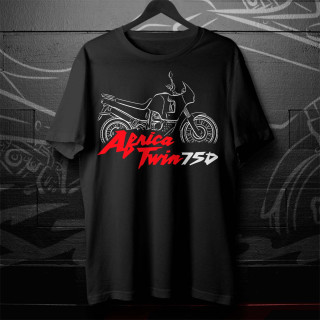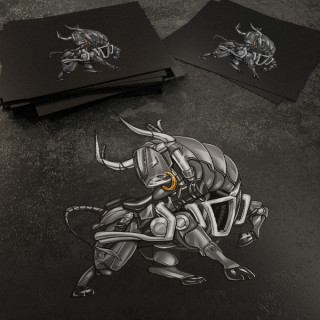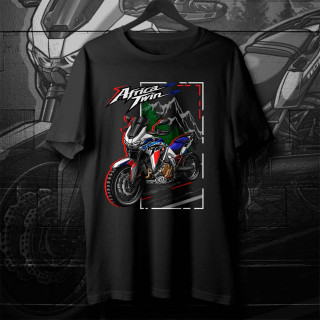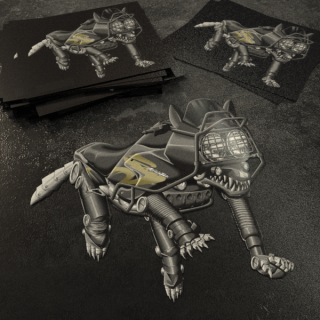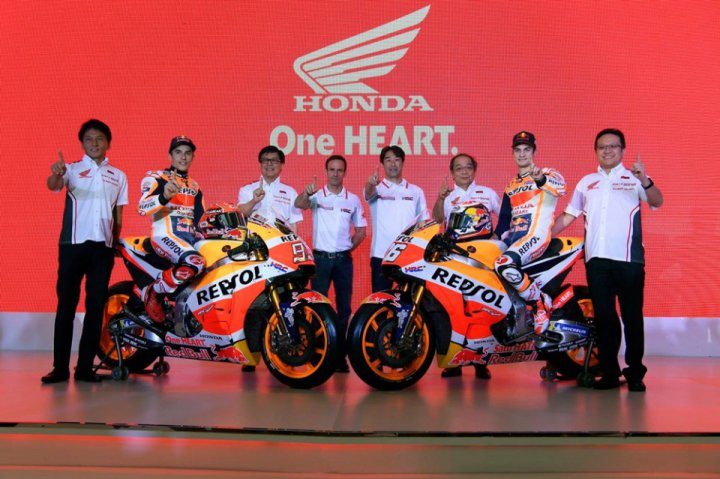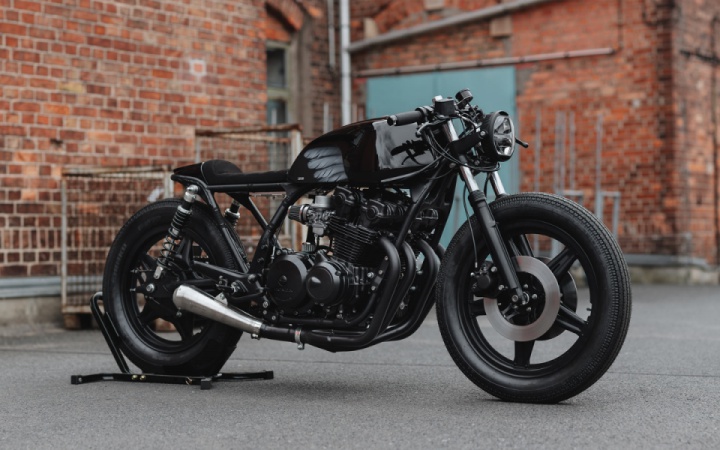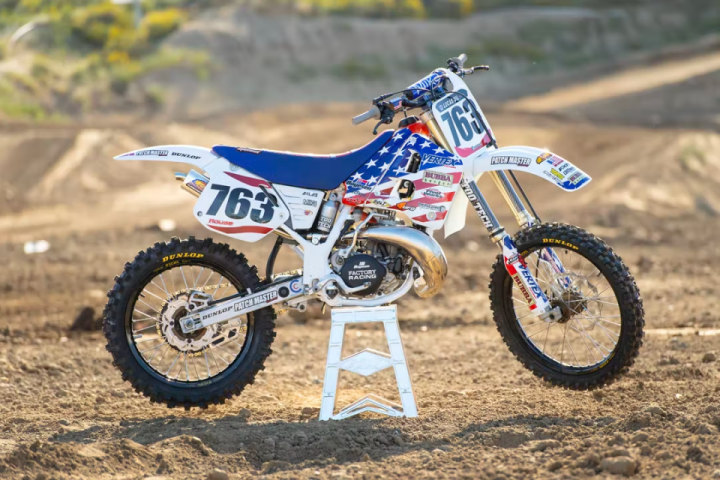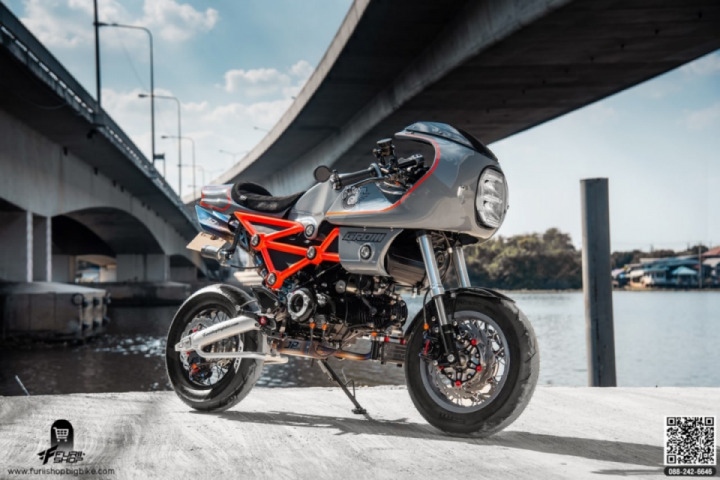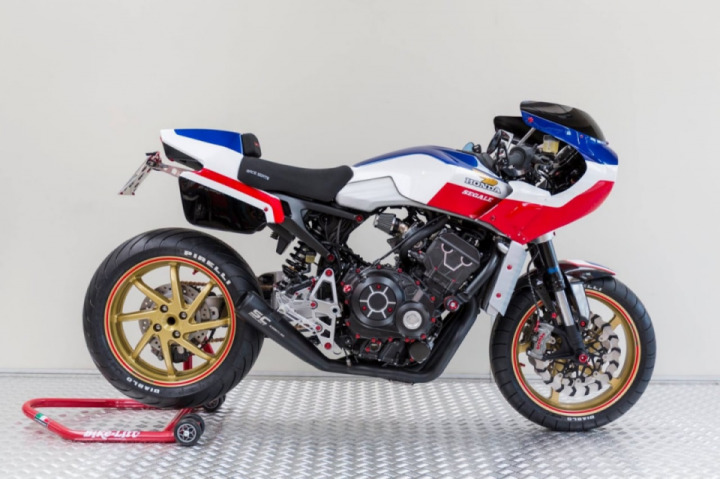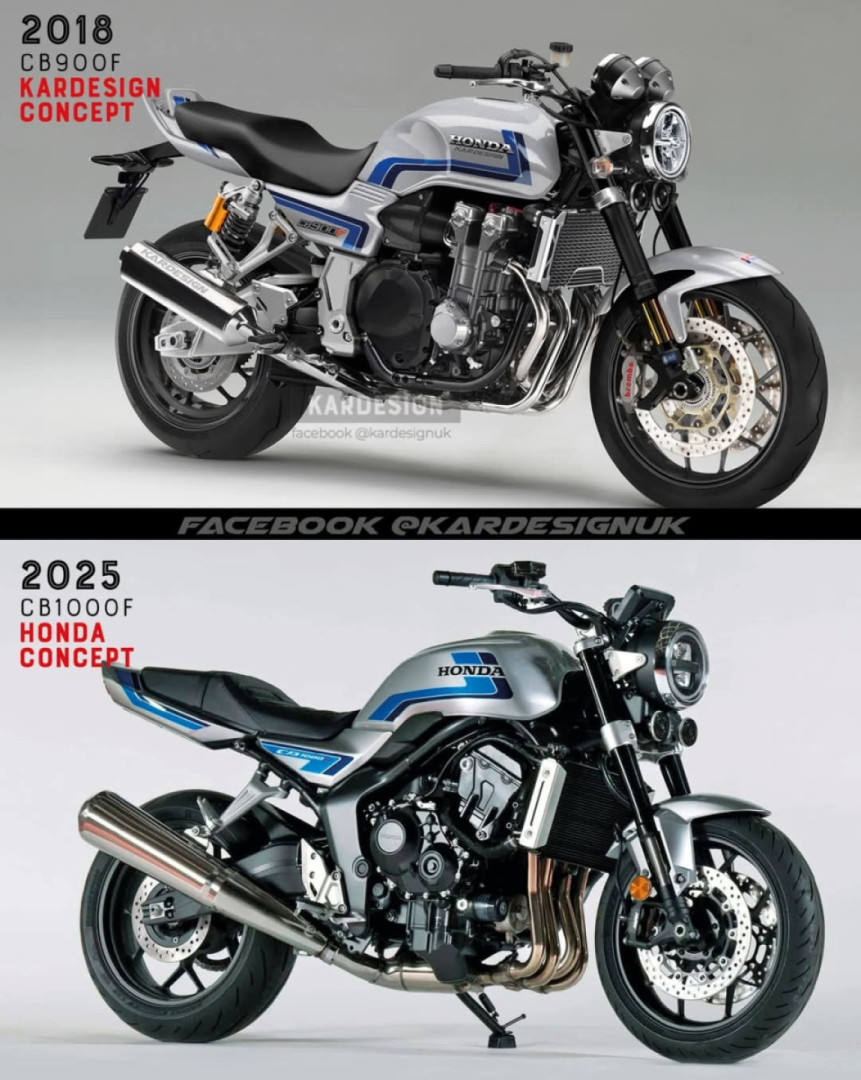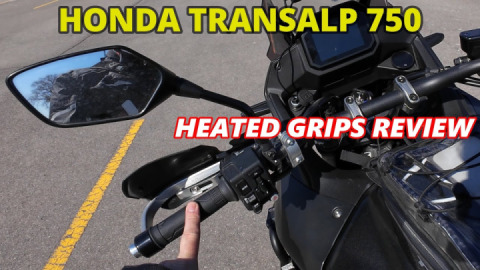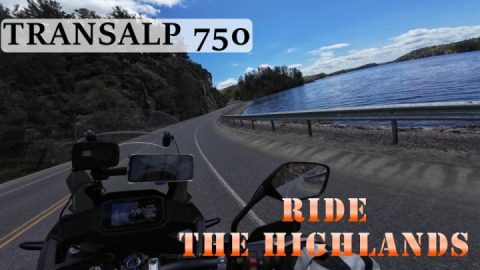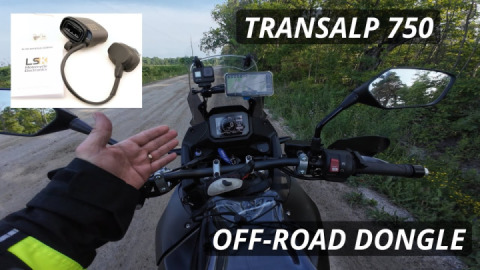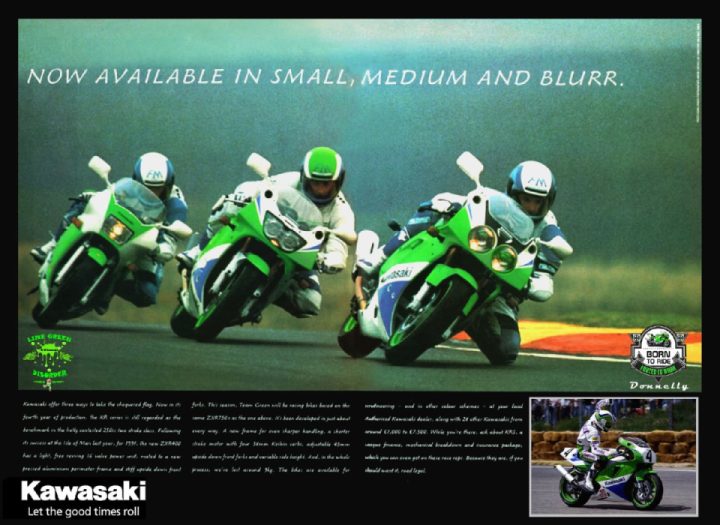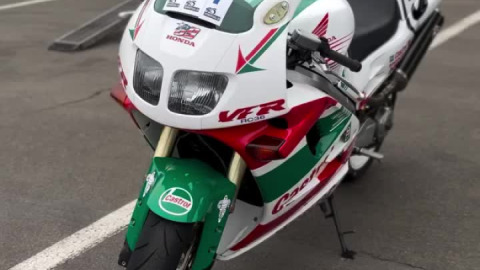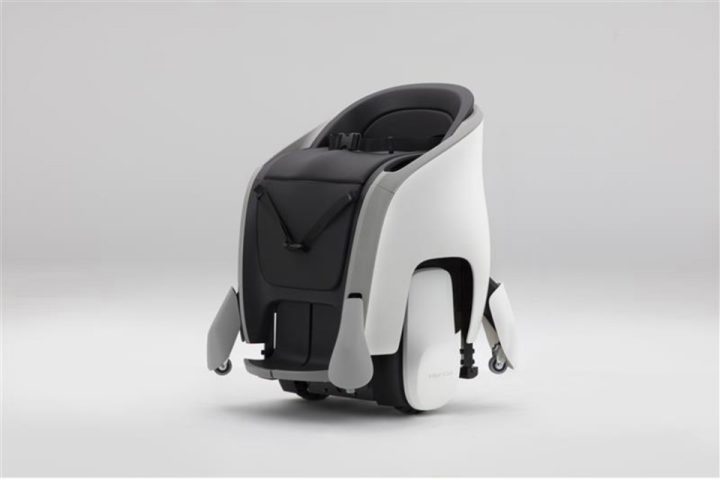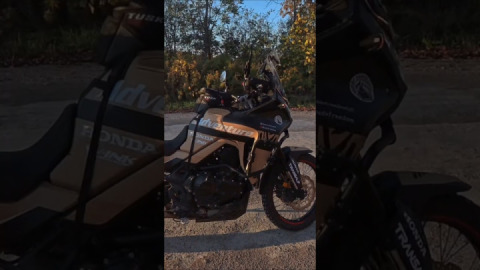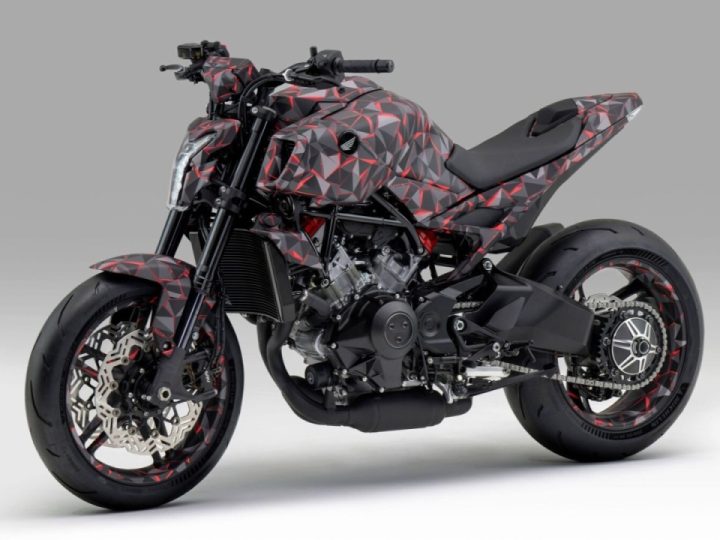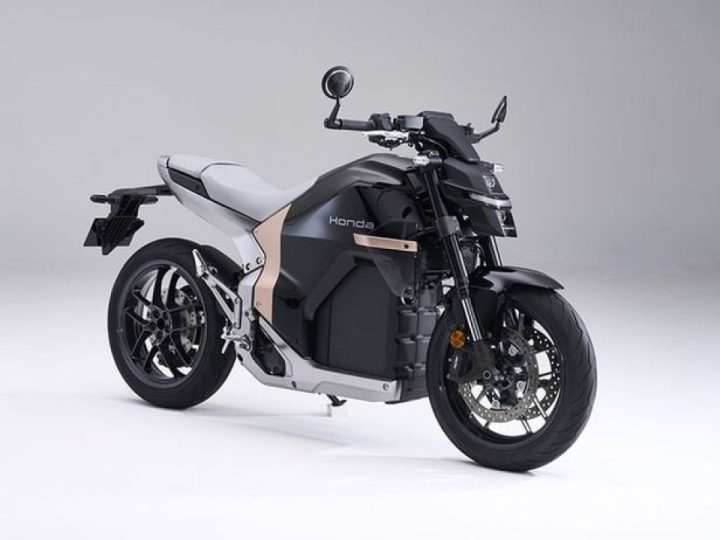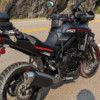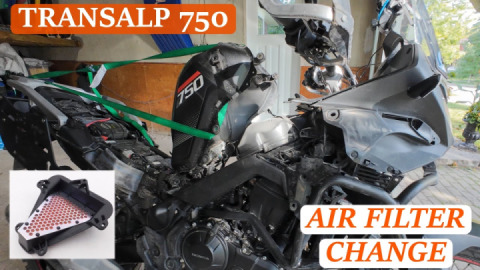
1991 Honda NSR 125F-II
Launched in February 1990 and sold from May, the NSR-IFI (code name for the Model Year 1990 "NSR-FL) is a refinement of previous F filed in 1988 and reflected a tremendous sales success. With the presentation of IFI Honda has capitalized on the happy idea of presenting a motion scarenata completely and then looking for a lot less racing competitors, yet technologically advanced sports performance still from 125. Updated with new dynamic front air intakes and modern looking six-spoke, the FII buying a more modern look while preserving its beautiful lines, however, the previous version. Although softened the engine, the IFI was another incredible commercial success and sold very well until 1992 when it was replaced by the new Raiden (JC 22).
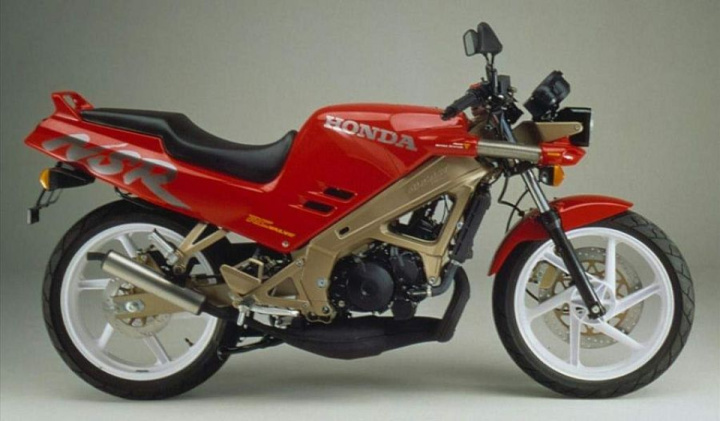
Basically the IFI and 'the same motion seen in the previous version F and color aside, the only real innovations are being introduced:
- Adoption of the AIS (Air Intake System) or the visible front air intakes and pipes that improve engine breathing by feeding fresh air to air box.
- Instrument similar to the previous version, but with a different graphical
- Adoption of modern Grimeca wheels with six spokes (unchanged dimensions) and a thinner profile front fender.
The chassis does not change, although the engine without changing the substance turns out to be slightly sweetened with some adjustments that have affected the cylinder (compression ratio decreased from 7,2:1 to 6,8:1) and the carburetor. The weight measured by dry and 'slightly higher with 129kg instead of 123kg of F.
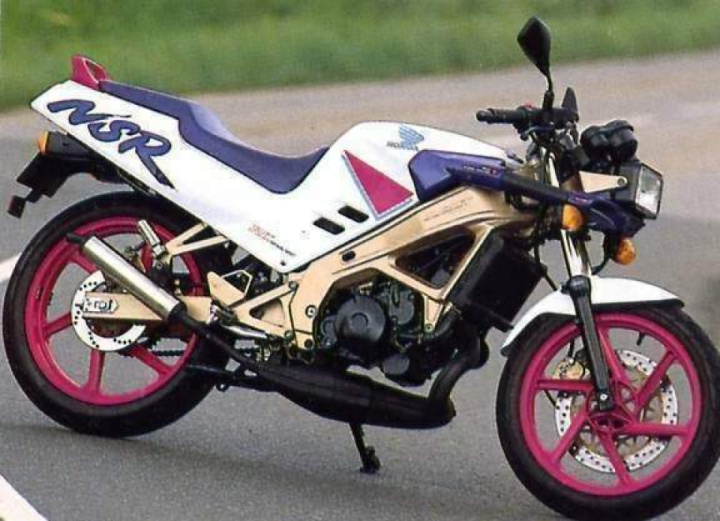
Regarding performance, magazines reveal a marked deterioration: the maximum power to the wheel now appears to be of only 24.46 hp at 9750giri against 27.68cv to 10250giri at the time recorded on the previous F Even the maximum speed is affected heavily with a peak of only km / h 146.350 against 160.3km / h achieved by F. Only in the tests taken in the 400 meters to 50km / h, the IFI shows a slightly better performance with a time of 19.487 seconds at an output rate of 94.750 km / h (20.639 sec 91.550 km / h). Interestingly, however other magazines took over not too dissimilar to the performance data obtained from the previous F or a maximum speed of 160 km / h. It 'probably some IFI supplied to the press were not properly in place, but' perhaps more likely that the F included some magazines two years before had been subject to "particular attention" by the Honda team.
The bike soon
The line of bare NSR and 'very much in contrast with the competition. Where the main competitors hide behind their culinary techniques shrouds enveloping the NSR provides its entirety by exposing a unique aluminum frame. The lack of any wind protection means that even the newest and full instrumentation with white background and the gritty rectangular headlamp, supported by aluminum brackets, are in plain sight. The set is very elegant and well designed, giving the bridge of the NSR look orderly and elegant. Links to the handlebars and steering plate painted black offer a valuable new anchor and electrical controls from functional and modern design complement very well the bridge of the NSR. Using a solution similar to the Arrow and KK, the NSR chassis adopts a monolithic integrated tank and side panels in one piece, although the real steel tank is hidden from the superstructure, which can then be designed or modified freely at lower cost . To allow access to the fuel tank filler, the body includes a hinged lid, protected by lock. The saddle e'protetta to lock and hide the battery, a compartment for documents and small items, tanks for the rear disc brake fluid and oil lubrication. At the bottom of the saddle and 'derived a compartment for tools. The only sour note, the position of the air box which is downstream of the reservoir and the disassembly of the entire body needs to have access. Beautiful and useful handle for the passenger body color and the center stand combined with classical lateral arm. Overall, the components used and 'quality and well made are the connections, the quality of plastics and paint and beautiful rider and passenger footpegs are also aluminum.
Cycling
The twin spar frame and aluminum side 'definitely the strong point of the NSR. Constructed of lightweight aluminum and consists of two parts mirror coupled with special fasteners, has a ribbed internal structure to increase the resistance to twisting. With increased stiffness by 70% compared to a traditional frame and weighing less than 100% compared to the previous frame square tubes NS (from 13kg and is 'passed to 6.5kg), the new frame of NSR and' more simple to construct and allows for better dimensional control and a tight tolerance compared to a traditional frame. Triangolatura the rear seat and tail and support 'and removable and' square tube steel.
The front fork and 'a Marzocchi 35mm and not' control, while rear swingarm stands a solid square section that well known by the Pro-Link, acting on a Marzocchi shock with adjustable preload.
The braking system and 'the other strong point of the NSR at the front and sees a huge hard drive well with 316mm dual-piston caliper and rear 220mm disc drive always served as a fixed caliper with two pistons.
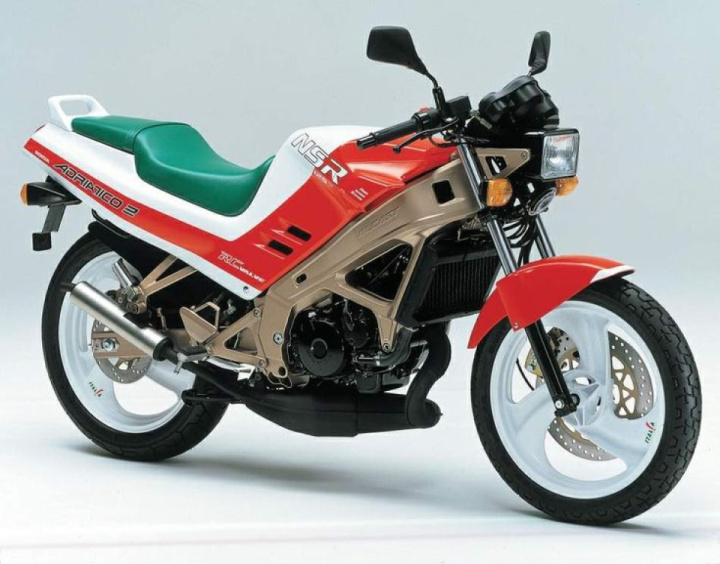
The three-spoke alloy wheels produced by the host Grimeca Dunlop or Pirelli tires and have the following sizes: 100/80-17 front and 130/70-18 rear. The NSR and 'the first 125 Street to use a front wheel 17 "solution that provides greater stability than the 16".
Engine
Since a power of 31cv, the new Honda engine has the basic characteristics of the motor mounted on the NS: electronic ignition, lamellar induction, balancer, water pump and cooling separate lubrication. However, the similarities with the previous model are here stop: the motor of the NSR is not 'just completely unprecedented in the design of housing and distribution of internal organs, but also boasts a number of technical improvements of extreme importance and present for the first time propeller of a series of this category.
We see such as:
Cylinder completely revised with direct suction on the crankcase. According to Honda engineers, with admission on housing supply improves further as the lamellar group is closer all'imbiellaggio. Also the cylinder is less "holes" for the benefit of and piston rings. A peculiarity of the new Honda engine and will then subsequently taken up by the Gilera SP series.
Exhaust valve "RC valve" electronic control controlled by a servo motor: Honda once again takes a leading solution and borrowed directly from the racing department. The valve, split due to the adoption of a stud in the exhaust manifold, and 'controlled by an electric motor that receives the order to open or close an electronic control unit that allows an exercise program differently. The valve remains open at 500 at 2900 rpm to avoid fouling, then remains closed until 6900giri and proceeds gradually opening total that occurs at 8500 rpm.
Electric start as standard. Certainly not new, but a big step forward compared to NS that was equipped only kick start. With the exception of future variants Sport Production, are eliminated to the crank gear.
Of course, innovative ideas are the final exhaust system with aluminum coated el'impianto power served by an airbox that feeds a carburetor Dell'Orto PHBH 28.
The new Honda engine and 'much more preformante engine mounted on the NS and magazines of the survey confirm the sporting nature of the NSR. Although far from 31cv declared the house, Motorcycling detects a maximum output at the wheel 27.68cv 10250giri, a decided improvement over 19.56cv to 9250giri marked by NS-F. In tests on shooting 400 yards from 50km / h, the NSR recorded a time of 20.639 seconds and an output rate of 91.550 km / h, ie a lower value to the provision of 20.245 seconds and 96.260 km / h recorded by the NS-F . A difference probably due to heavier than the NSR and the different reports. The maximum speed recorded and 'well of 160.3km / h (138.350 km / h, the NS-F), or a respectable performance given the total lack of any aerodynamic.
Specification:
- Engine: Two stroke, single cylinder, Reed valve induction
- Capacity: 124.8 cc / 7.6 cu-in
- Bore x Stroke: 54 x 54 mm
- Cooling System: Liquid cooled
- Compression Ratio: 12.0:1
- Induction: Dell’Orto PHBH 28 FS carburetor
- Ignition: Capacitor discharge electronic ignition
- Starting: Electric & Kick
- Max Power: 31 hp / 23.1 kW @ 10500 rpm
- Max Torque: 20.85 Nm / 15.1 lb-ft / 2.1 kgf-m @ 9000 rpm
- Clutch: Multi-disc oil bath
- Transmission: 6 Speed
- Final Drive: Chain
- Frame: Double cradle tubular steel panels
- Front Suspension: 35mm Marzocchi telescopic forks
- Rear Suspension: Marzocchi shock with Pro-kink adjustable preload
- Front Brakes: Single 316mm disc 2 piston caliper
- Rear Brakes: Single 220mm disc 1 piston caliper
- Front Tyre: 100/80 -17
- Rear Tyre: 130/70 -18
- Seat Height: 800 mm / 31.4 in
- Dry Weight: 132 kg / 291 lbs
- Fuel Capacity: 10 Litres / 2.6 US gal
- Consumption Average: 18.0 km/lit
- Braking 60 – 0 / 100 – 0: 13.4 m / 38.6 m
- Standing 1/4 Mile: 15.4 sec / 136.3 km/h
- Top Speed: 160.0 km/h / 100 mph
- Road Test: Motosprint 1990
#Honda #Bike #Moto


